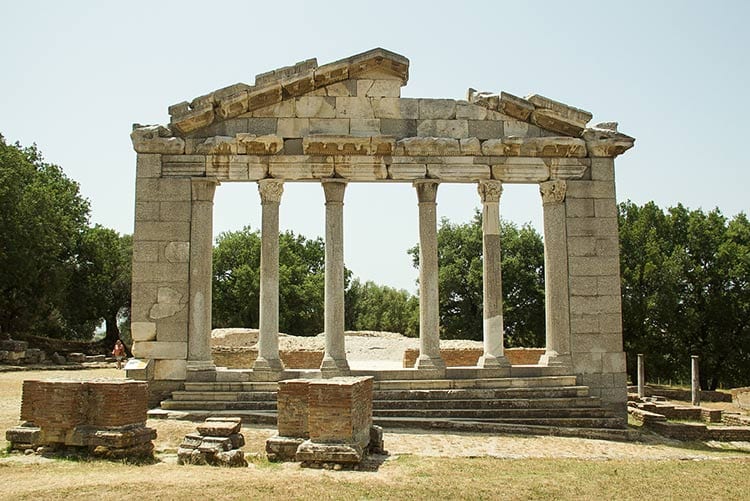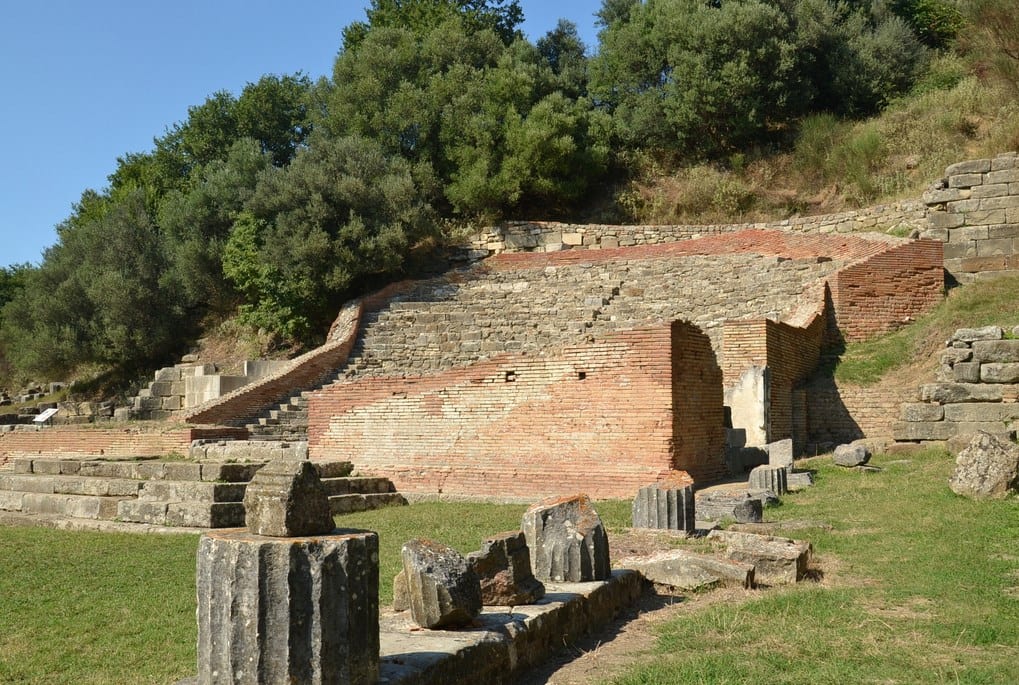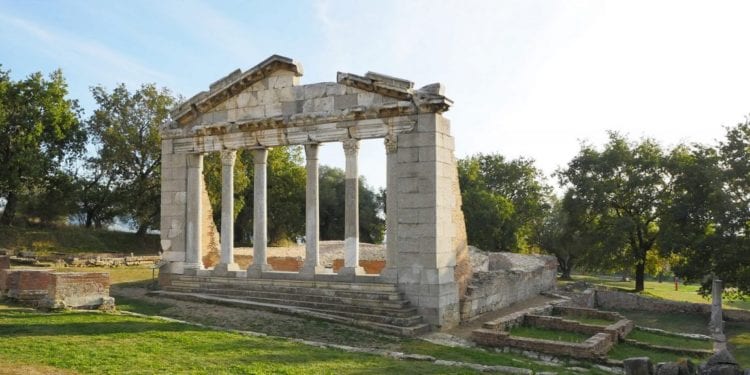A very interesting fact about Apollonia is that Augustus who was the Romanian emperor studied Philosophy there. This place is 13 miles from the city of Fier, in Albania. It is known to be an ancient Greek colony city and also a former bishopric in Illyria. Apollonia is located on the right shore of the river of Vjosa. The ruins of Apollonia are located in the region of Fier city, near the village called Pojani.
The amazing landscape that this archeological park offers, has been preserved in an extraordinary condition. It comprises a successful combination of the beauty of monuments and nature. Because of its long history, Apollonia is a very attractive place, filled with an atmosphere of relaxation and meditation.
The foundations of the city were developed straightaway after the foundation of Epidamnus – Dyrrachium. It rapidly turns into one of the most esteemed cities of the Adriatic harbor.
As the city lay within the territory of the Taulant political union, it was widely known as the Apollonia of Illyria.
The establishment of the city was done through the first half of the 6th century BC. The person who founded it was the Greek colonist from Corfu and Corinth, the one who named the city after his own name (Gylakeia).
Following its rapid establishment, the city changed its name to Apollonia, in accordance with the great godhead Apollo. It is situated on montane wold from where widens the fertile champaign of Musacchia, with the Adriatic Sea and the hills of Mallakastra.

Apollonia’s ruins are discovered at the beginning of the 19th century.
The city blossomed along the 4th century AD as a significant economic and trade center. With the time passing, it was extended over the complete montane side including an area of ca. 81 ha, surrounded by a major wall of 3 km of length and 3 m of width.
History
Even though Apollonia was located several kilometers from the Adriatic Sea, the position that it had on the right shore of the Vjosa river, allowed it to communicate with the coastal part of the territory. On the two hills that dominate the city lies the Temenos area (the holy region around the Temple of Apollo) and Arx (the military fortress). Among the two hills, were located the public buildings of the ancient city, which continued to experience a period of greatness and splendor under the successive roman rule (since 229 BC).
Many great personalities of the greatest empires of the ancient world, were attracted by the fame of the city. For example, Cicero the famous Roman philosopher and orator recognized the city of Apollonia in his Philippics as Magna urbs et Gravis (a great and important city). During this time, the city became one of the most important trans-Balkan Via Egnatia gates. Apollonia had its famous Academy where Octavianus and the distinguished general and statesman of the Roman Empire Agrippas, have studied and exceed the military training.
Even though Apollonia had a long period of continuous economic and cultural development it fell into decline. Afterward, this decline went on until its total abandonment during medieval times. During its existence, the culture and the general development of Apollonia kept a clear Greek character. However, the independent economic and politic activity determined a distinctive physiognomy of the apollonian culture. Moreover, the city had close relationships with the Illyrian hinterland.
In addition, tourists can visit The Museum of Archaeology, situated at the old Monastery of Saint Mary.

Fun Fact
The ancient city of Apollonia has become such a popular spot for wedding pictures. In particular, couples seeking to testify their love among its ruins.
If you want to learn more about this wonderful place, visit albania.al.




